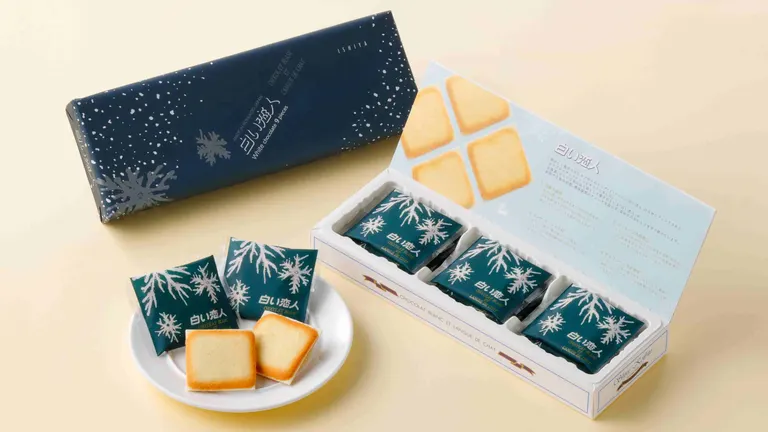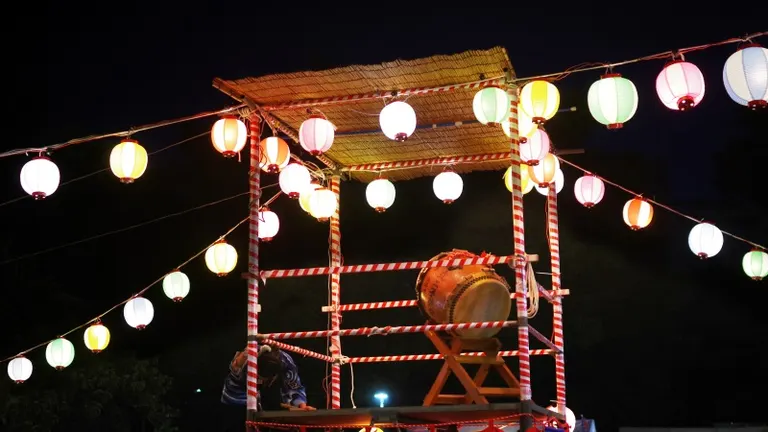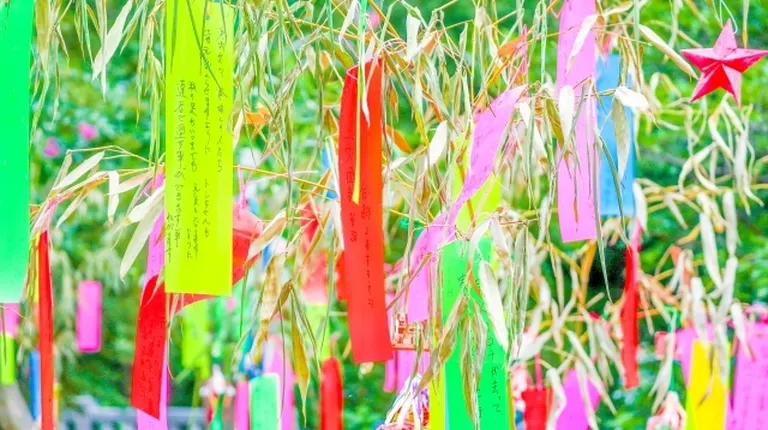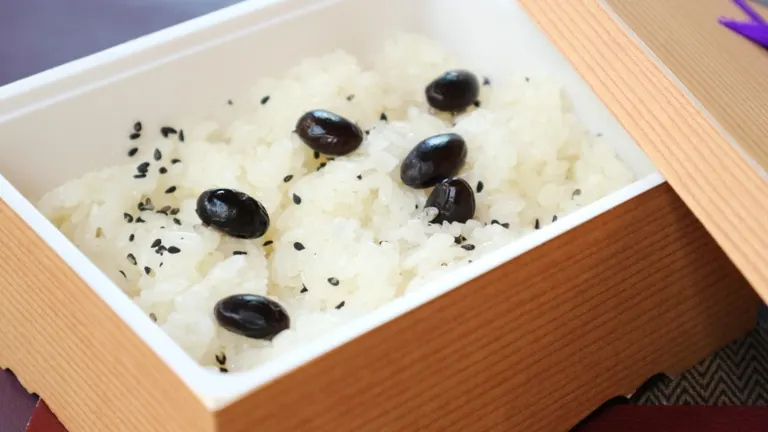
ARTICLES
Uncovering the mystery of Hokkaido's "black rice"! Why is it eaten at funerals and memorial services?
"Kurohan" is a type of steamed rice served at funerals and memorial services.
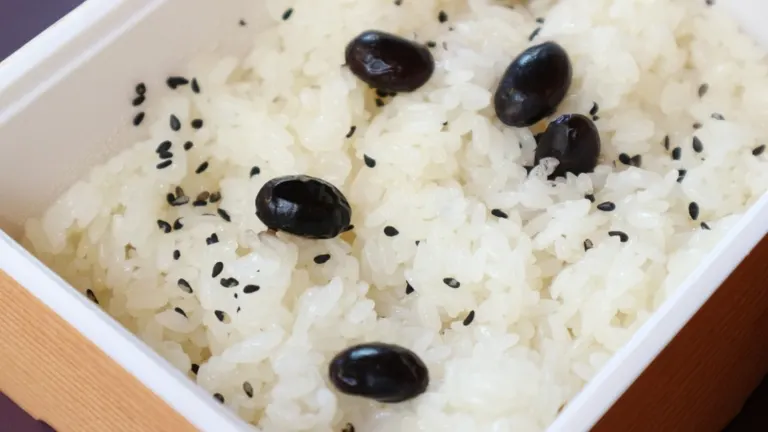
Kuromeshi is steamed rice with black beans. It is widely eaten throughout Hokkaido, but similar customs exist in other areas as well, such as parts of the Tohoku region, Ishikawa Prefecture, and Chiba. In Hokkaido, it is common to use glutinous rice for the rice, but outside of Hokkaido, there are some areas that use rice instead of glutinous rice, and there are subtle differences such as flavored and unflavored black beans.
There are many theories as to why black rice became a part of funeral and memorial services in Hokkaido, but the reason is unclear. One theory is that it did not originate in Hokkaido, but rather that the culture was brought to Hokkaido from regions throughout Japan that migrated there during the Meiji period, and then spread throughout the prefecture.
Generally has the same salty taste as red rice
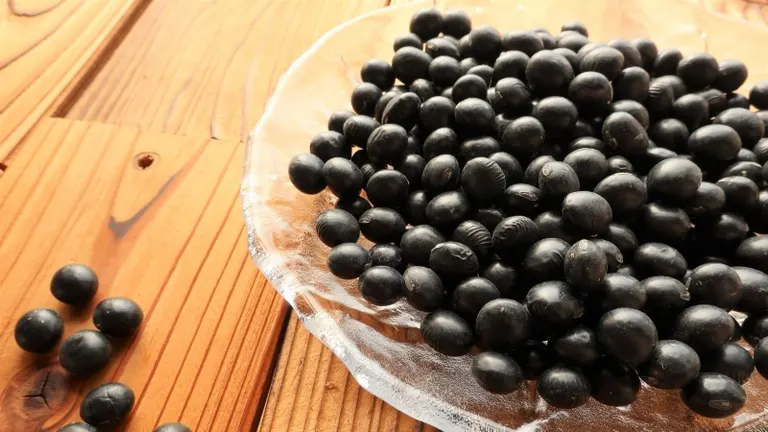
The black rice has the same salty taste as red bean rice, and the black beans are not sweet like the ones eaten at New Year's, and are generally slightly hard. It is eaten with sesame salt. Also, thin slices of bright red pickled ginger may be included in the rice, which is another difference from regular okowa.
To purchase, order from a caterer or bento shop.

Kuromeshi is not commonly found in the bento sections of supermarkets or convenience stores, so you will need to order it from a caterer or bento shop. Some places will sell it individually, so check with the store if you want to get it. Also, if you want to eat it, you can make it yourself. If you have a dry pack of black beans, all you need to do is add the dry pack to the glutinous rice after it's cooked, and you're done.
Surprisingly, many people don't know about black rice?
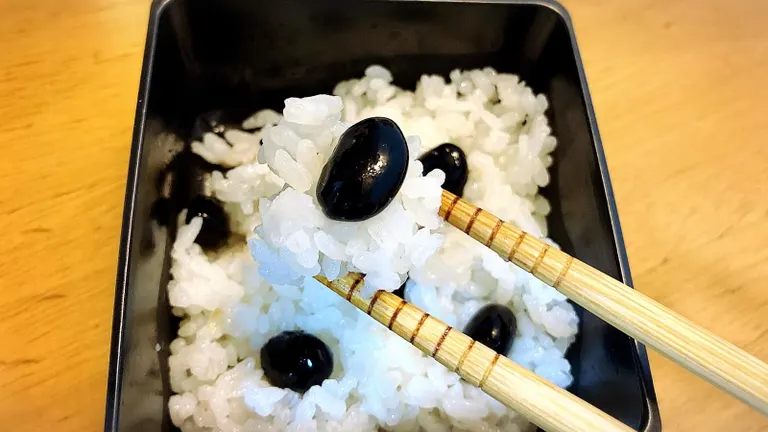
Black rice, eaten at funerals and memorial services, can be said to be a counterpart to red rice, eaten on happy occasions. Because it is not a dish that appears on the dinner table on an everyday basis, many people may not know that it is a widespread food culture in Hokkaido. Why not take this opportunity to pique your interest in the various unique cultures of Hokkaido?
Writer Profile
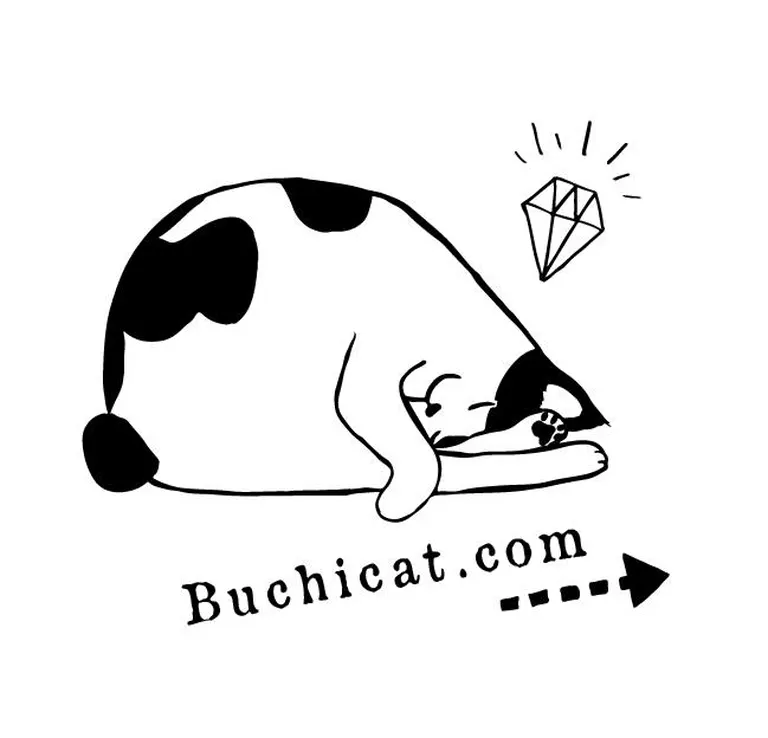 Hokkaido Tourism Camera Writer
Team BuchiNeko
Hokkaido Tourism Camera Writer
Team BuchiNeko
Team Buchi Neko has many connections to Hokkaido's tourist spots and facilities. There are many wonderful resources in Hokkaido that we take for granted when we live there. We will spread the word about the charms of this wonderful place.








